CYF Modules: Calculate Your Future
This series of modules will help educators teach students about their financial life cycle and the basics of personal finance, while only using the most basic mathematics required to successfully navigate their financial life. Any middle/high school teacher from any subject can use these lessons to incorporate some basic financial education into their course.
Module 1: Wealth Not Cash
This module introduces students to the fundamental concepts in finance, teaching them to understand financial wellbeing in terms of wealth, rather than simply cash. We will teach students four of the basic concepts required to understand wealth: Income, Expenses, Assets, and Liabilities. They will then work through activities that explain the notion of wealth, and demonstrate the importance of these concepts. Using the net income and net worth equations to model real world phenomena related to our wealth, students will build an understanding of wealth and the mathematics concept of equality, paving the way for greater success.
Module 2: Interest & Percent Growth
This module will introduce the concept of wealth to support students’ basic understanding of finding the percent of a number and build on that understanding to develop an understanding of percent growth/decay. Students will have the opportunity to explore examples and applications from consumer products, advertisements, and interest.
Module 3: Compound Interest and Your Financial Life Cycle
This module introduces the important idea that in order to meet our various financial needs throughout life, we must transfer wealth from phases of life when we have surplus income, to phases of life when we have an income deficit. In doing so we introduce students to the mathematics of transferring wealth: compound interest and discounting.
Module 4: Soothsaying: Expected Value & Insurance
Should you insure your fancy new phone? What about life insurance? How do casinos survive? What makes something a good bet? In this section, we will learn about risk, and grapple with probability and expected value.
Module 5: Risky Business: Investing & the Stock Market
What’s the best way to invest? Is it better to day trade or invest for the long term? Is it safer to invest in one stock or many? What’s the best that can happen? What’s the worst that can happen and how likely is it? How can you minimize your risks?
Provided: Student Centered Materials, Lesson Overviews, PowerPoints, and Answer Keys

